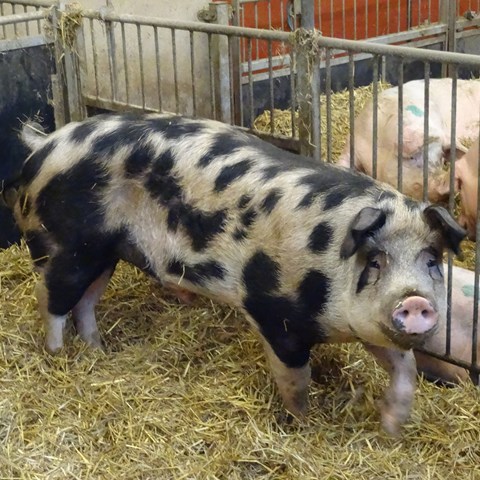Facts:
The project is funded by: Swedish farmers’ foundation for agricultural research
Researcher: Elena F Mouresan
Other contributors: Lotta Rydhmer (project leader), Freddy Fikse (Växa), Eli Grindflek (Norsvin)

In a standard pig breeding program selection is done in purebred lines with the goal to improve crossbred performance. This structure has some limitations as the pure lines are usually kept in a more favourable environment than their crossbred relatives.
Moreover, there are traits of high interest for the crossbred population, such as longevity, that are difficult to record in nucleus herds due short life time production of sows to keep the generation interval as low as possible. This study aims to investigate the potential of genomic selection in improving longevity, looking into design of reference populations, evaluation models and methods.
With real genotype data as a base, pure and crossbred animals are simulated. Individuals from the purebred lines of each generation are selected based on their GEBVs in order to create the next generation. The genomic evaluation is performed based on reference populations that consist of only purebred, only crossbred or both pure and crossbred individuals. The response to selection is evaluated under the different simulation scenarios in order to establish the best strategy.
The project is funded by: Swedish farmers’ foundation for agricultural research
Researcher: Elena F Mouresan
Other contributors: Lotta Rydhmer (project leader), Freddy Fikse (Växa), Eli Grindflek (Norsvin)
Mouresan, EF, Grindflek, E, Fikse, WF, Rydhmer, L. 2017. Improving longevity of crossbred sows in a genomic selection breeding scheme. 68th EAAP meeting, Tallinn, Estonia. Session 40.